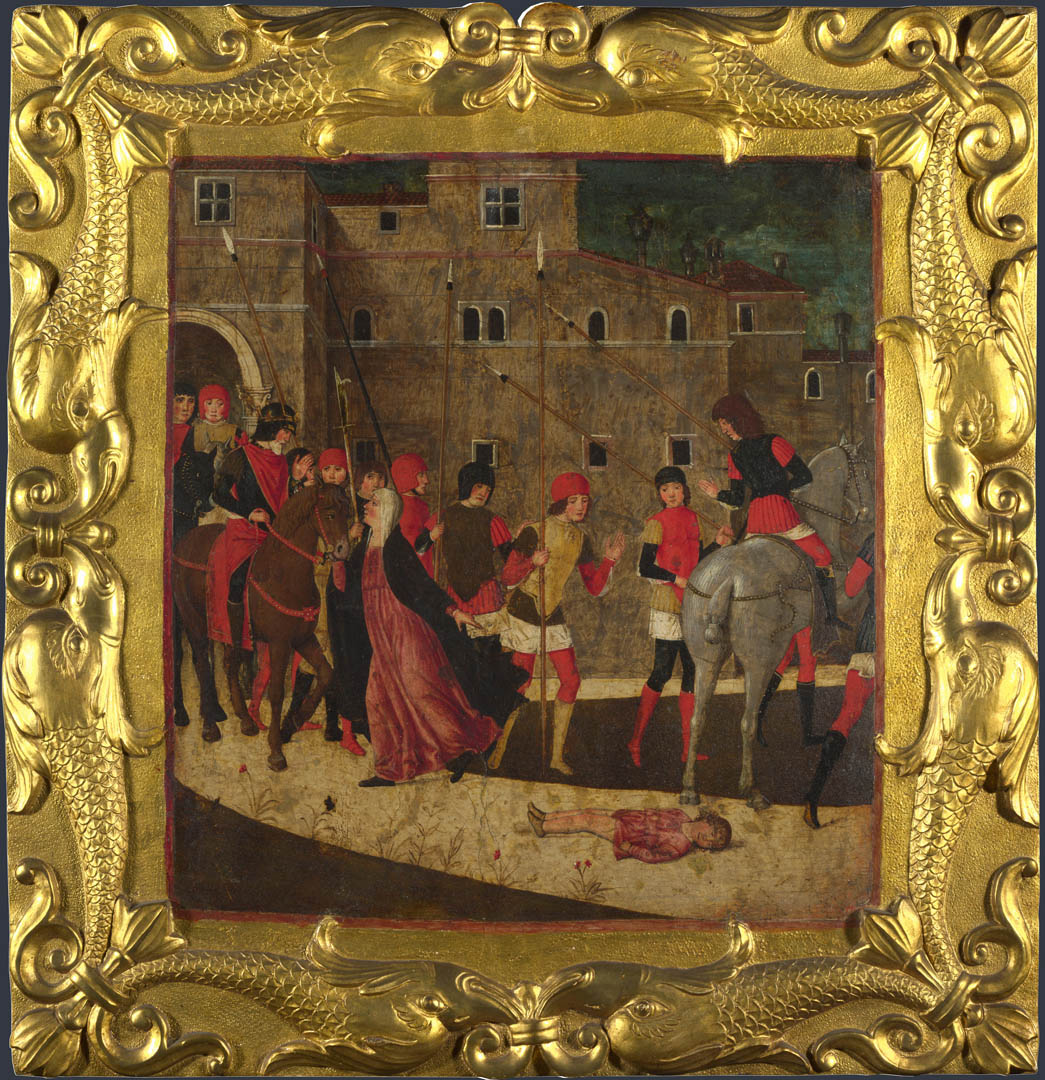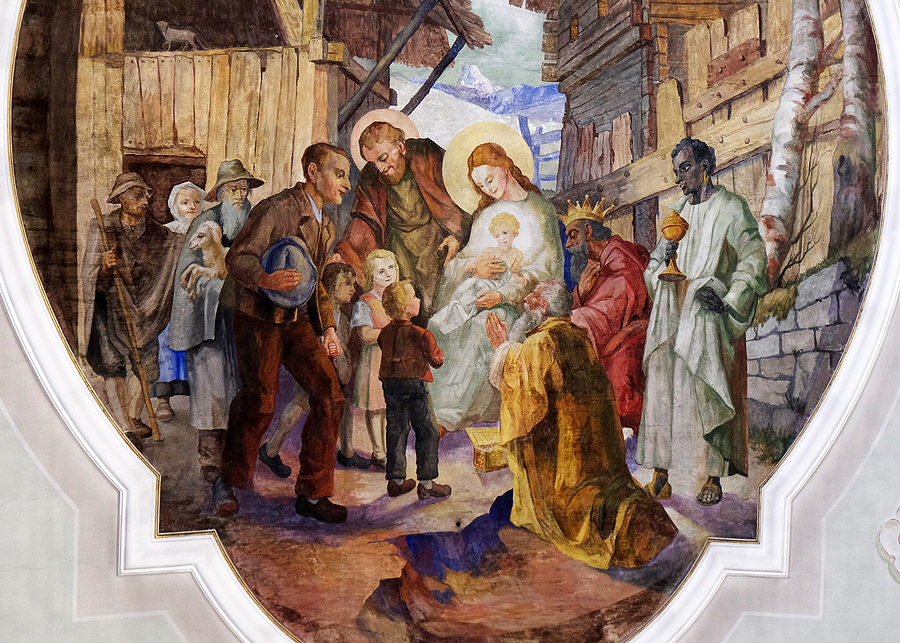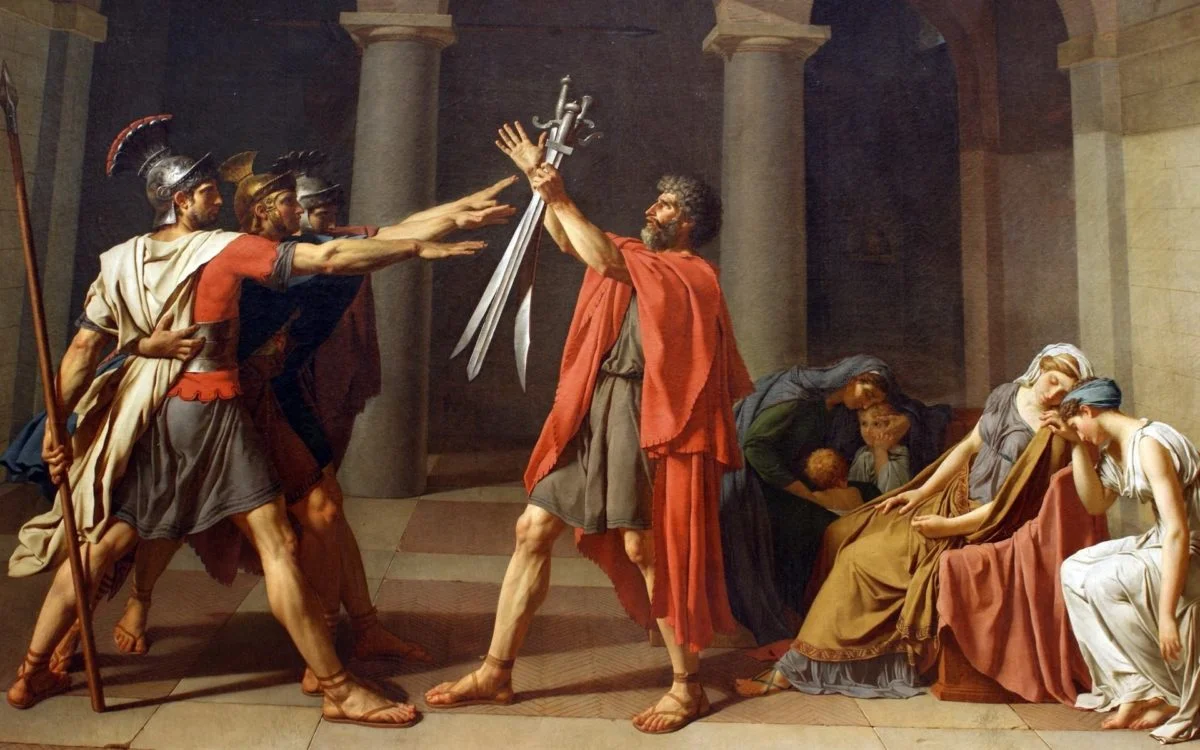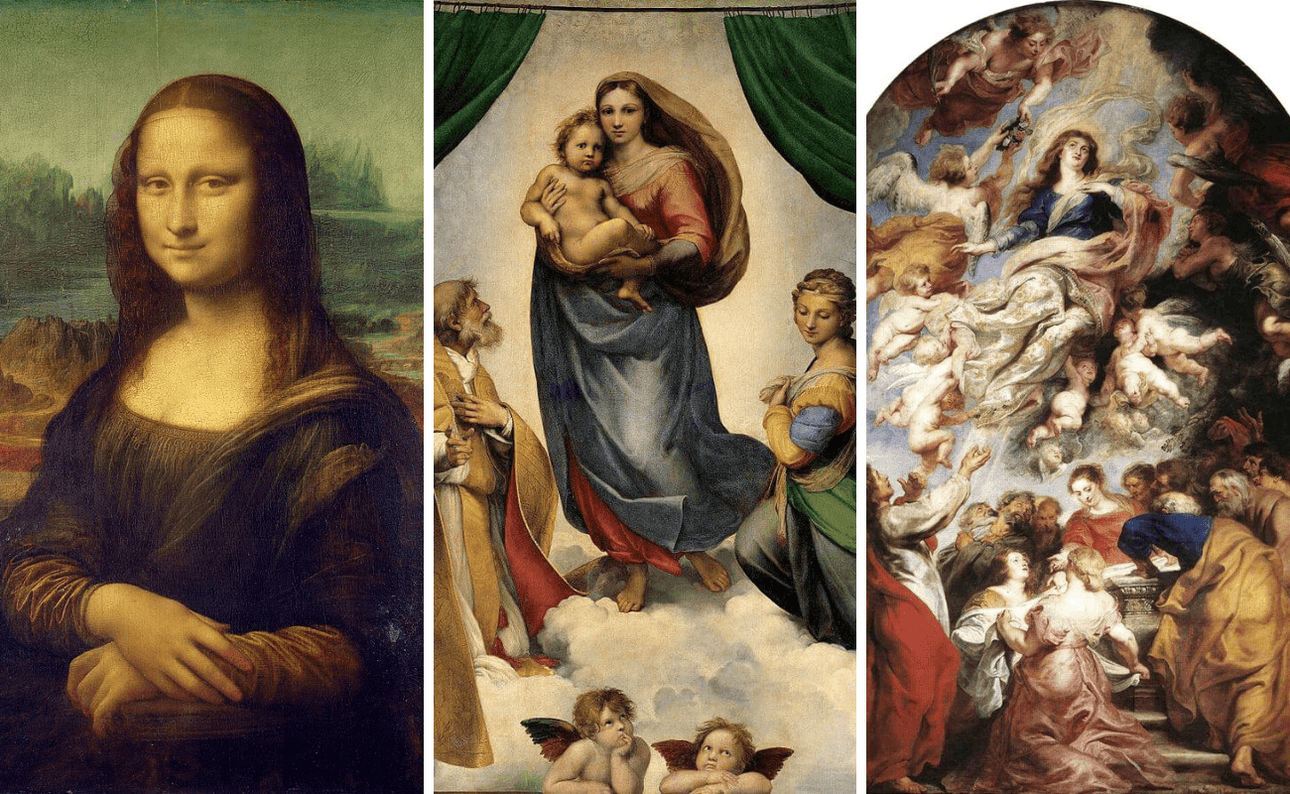


He makes a figure as a swallow its nest or a bee its hive.” 1 This book, the publication of the so-called Painter’s Manuel, remained the most influential treatment of Byzantine art until the later nineteenth century, and as late as 1924, Louis Brehier felt the need to refute it. As the Romantic antiquarian Adolphe Didron put it in his Manuel d’iconographie chretienne of 1845, “The Greek artist is enslaved to traditions as the animal to its instinct. Because Byzantine art is assumed to be unchanging, it could provide important evidence, it was thought, about the origins of Christian art. Byzantine art is understood to be early in date, different or foreign, and thus primitive. The early scholarship, written by Western Europeans looking East, has several features in common. Lynes, Good Old Modern: The Museum of Modern Art, New Yor (.)ġ The relationship of the art of Byzantium with Western Europe has been a topic of scholarly inquiry since the mid-nineteenth century. 50.īyzance et le monde extérieur, Pari (.) Panofsky, Perspective as Symbolic Form, New York 1991, p.

ix: “L'artiste grec est asservi aux traditions com (.) 1 Manuel d'iconographie chrétienne, Paris 1845, p.Their fragmentary nature reminds us of both the complex artistic programs to which they once belonged and the way museums necessarily separate art from its original context. Several of the works in this gallery were once architectural elements or parts of larger objects. Some objects, such as depictions of the Virgin and Child, could be carried in procession or placed in chapels for prayer or contemplation. Censers, reliquaries, and crosses, used to celebrate Mass, were made of rare and costly materials, befitting the stature of the saints and God.Ĭhurches and public spaces were elaborately decorated.

Through the patronage of monasteries, parish churches, and cathedrals-among the wealthiest and most powerful institutions of their time-ornate objects were produced for ecclesiastical purposes. Wealth spread to a burgeoning middle class, and individual patrons commissioned works of art for private devotion. Many of the artistic traditions of Byzantium, centered in Constantinople, were emulated in the West, as evidenced by objects here. 330–1453) and western Europe with the trafficking of precious materials, books, and knowledge. Exchange developed between the eastern Byzantine Empire (c. Economies became less agrarian and more mercantile, and growing cities drew artisans and merchants who stimulated trade. During this time, the regions of England, France, Germany, and Italy, among others, began to take shape as political entities, and the first universities were founded in Oxford, Paris, and Bologna. Most of the objects in this gallery date to the High Middle Ages (1100–1400), a period of great political, intellectual, and economic growth. The European Middle Ages lasted for a millennium after the fall of the Roman Empire (c. Menu Back to Floor Plan Room 2440 Medieval Art


 0 kommentar(er)
0 kommentar(er)
